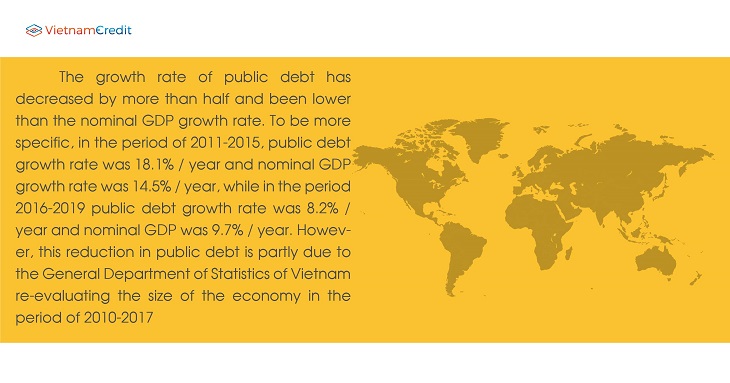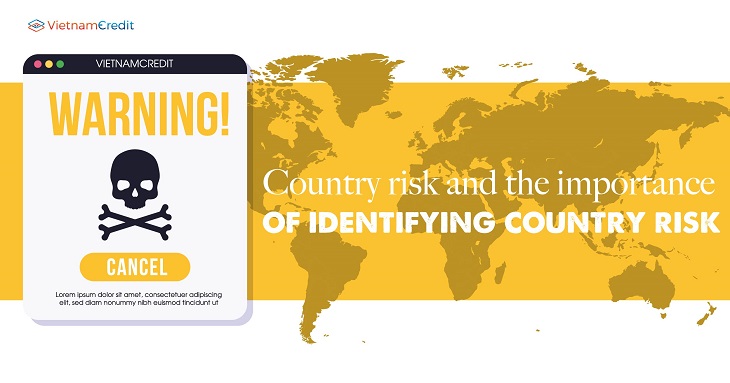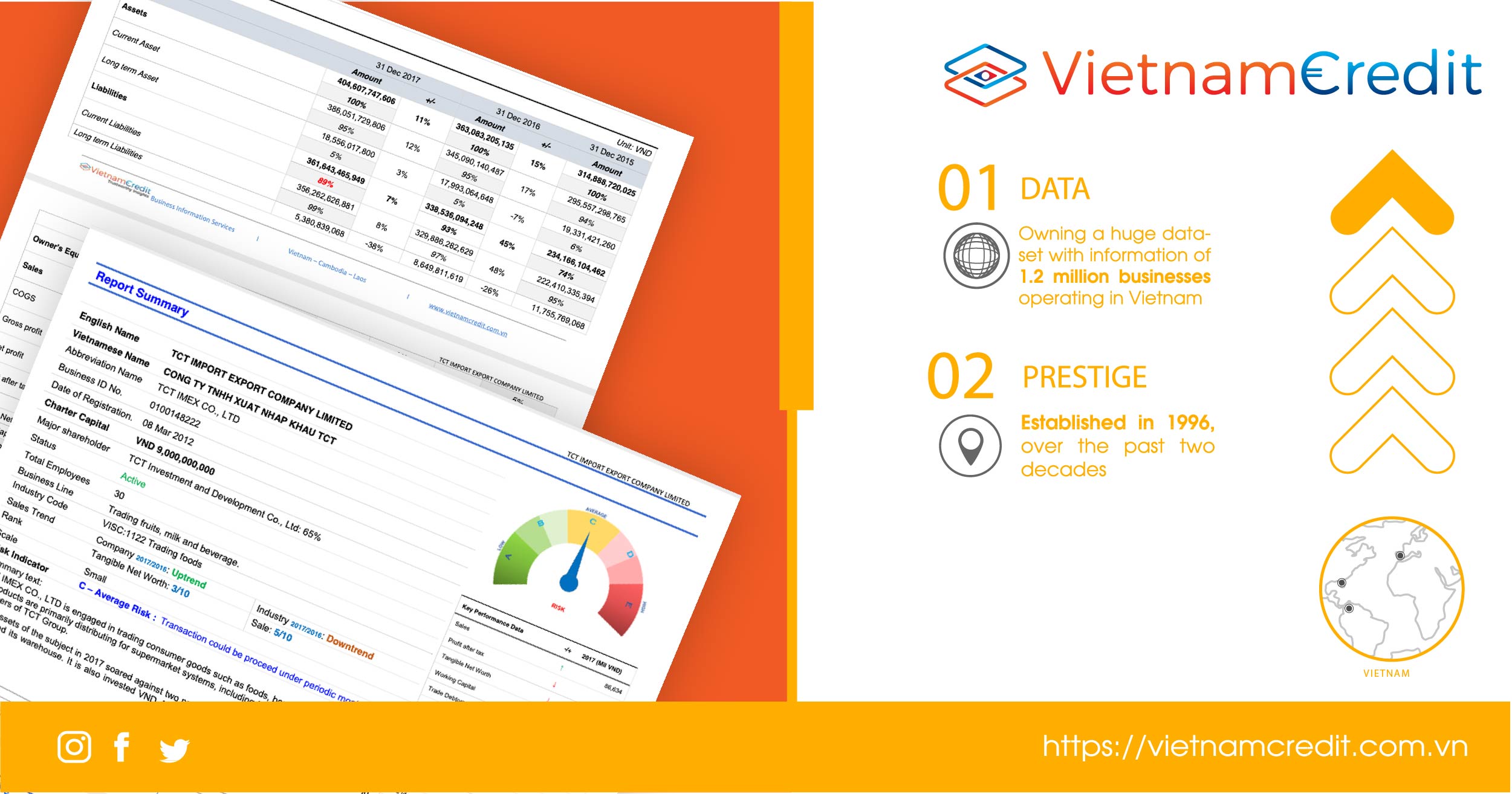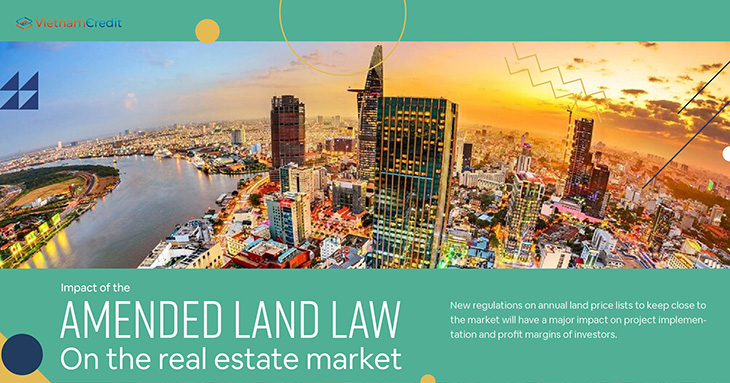Country risk refers to the risk that a country cannot fulfill its financial obligations.
Country risk definition
Country risk is a technical term referring to the fact that a country cannot fulfill its financial commitments. When a country fails to fulfill its obligations, it will negatively impact the operation of its financial instruments as well as of the countries with which it has trade relations. Country risk applies to stocks, bonds, mutual funds, and futures contracts that are issued in a particular country. This type of risk is most often seen in emerging markets or countries with a serious trade deficit.
Country risk also refers to the probability that a government or borrower from a particular country may not be able, or not willing to fully fulfill its debt obligations for one or more foreign lenders or foreign investors.
Features of country risk
Identifying country risk is an important step when considering investing in a less developed country. Because factors such as political instability can also affect investments. High country risk reduces the return on investment (ROI) of issued securities or trading companies. Investors can limit a number of country risks, such as exchange rate risks, by hedging risks. But other risks, such as political instability, cannot always be prevented effectively.
Therefore, in addition to examining foreign public debt, analysts also considering basic business environment such as political and socio-economic conditions, etc. of the issuing country. Foreign direct investments (investments not through markets or exchanges as usual) and long-term investments may face greater potential country risk.
Identifying country risk
Most investors think that the US is the standard for a country with low country risk. Therefore, if an investor wants to invest in countries with many civil conflicts such as Argentina or Venezuela, he/she should compare the country risks they identify with the results of professional American analysts.
Professional US analysts regularly look at MSCI index (Morgan Stanley Capital International), identifying correlation coefficients to measure country risk of a specific country or region.
Country risk assessment
Some international organizations will assess country risk of their member states. For example, the Organization for Economic Co-operation and Development (OECD) usually publishes an updated list of countries and related risks for the purpose of setting interest rates and payment terms.
In addition, major credit rating agencies such as Standard & Poor's (S&P), Moody's and Fitch, have their own public debt ratings list, which analyze basic business conditions such as operational efficiency, economic structure, growth prospects, external factors, and financial and monetary flexibility of institutions and governments.
Vietnam’s country risk
Vietnam is a country with moderate economic risk, low political risk and very high financial risk.
Moderate economic risk
In the context of slow growth in the world economy and US-China trade tensions, Vietnam's economy achieved a growth rate of 7.02% in 2019, of which industrial and construction sector contributed 50.4%, with a growth rate of 8.9%. Labor productivity of the whole economy at current prices in 2019 was estimated at about USD 4,791 / labor. Inflation has remained stable (below 4%) in recent years.
Foreign direct investment continued to grow with the highest realized capital in recent years, accounting for 23% of the total social investment. The trade balance of goods in 2019 continued to enjoy trade surplus for 4 consecutive years. However, the export share of some key commodities still belonged to the foreign direct investment sector. Thus, it can be said that Vietnam's economy is highly dependent on FDI. Meanwhile, the economy has not yet taken advantage of opportunities from this sector to promote economic growth at a higher pace and maintain stability and sustainability.
The quality of Vietnam's environment in 2019 was very bad, having a significant impact on the economy, causing the economy to lose USD 10.8 - 13.2 billion due to Vietnam's dependence on natural resource and foreign investment. In addition, the Covid-19 pandemic has had a negative impact on Vietnam's economy.
Low political risk
Vietnam is a country with high political stability. Internal conflict is strictly controlled, although the public has once expressed disagreement over a number of policies and laws, such as the opening of the Special Economic Zone, the Law on Cyber Security, and the increase in Chinese influence in the South China Sea.
After more than 30 years of development, Vietnam's business legal system is considered to be complete, adjusting most business sectors. However, the rapid change of the investment environment and socio-economic policies have required continued rapid amendments and the formation of many other laws.
The Investment Law and the Business Law are detailed and clear to ensure that there are no points that can be explained differently which causes difficulties and confusion to enterprises. In particular, in the Investment Law, the State affirms the protection of investment, stating that investors' assets are not nationalized or confiscated by administrative measures.
In recent years, in parallel with legal reform, the State of Vietnam has tried to intensify the fight against corruption and economic crimes. The Government wants to give a message on transparency in governance, and will eliminate groups interests to improve the business and investment environment in Vietnam. However, the results are still limited.
High financial risk

Vietnam is aiming to apply Basel II standards in the banking sector in 2020. However, so far, there have been only 18 banks meeting this standard.
NPL ratio of Vietnam is increasing rapidly. Due to the impact of the Covid-19 epidemic, many businesses have suspended operation and their sales have declined seriously, thereby affecting their ability to repay loans. Therefore, banks would face the risk of increasing non-performing loans.
In addition, Vietnam has a public debt ratio of about 50-75% of GDP, according to IMF statistics. The average state budget deficit in the 2016-2020 period was 3.6-3.7% of GDP.
The growth rate of public debt has decreased by more than half and been lower than the nominal GDP growth rate. To be more specific, in the period of 2011-2015, public debt growth rate was 18.1% / year and nominal GDP growth rate was 14.5% / year, while in the period 2016-2019 public debt growth rate was 8.2% / year and nominal GDP was 9.7% / year. However, this reduction in public debt is partly due to the General Department of Statistics of Vietnam re-evaluating the size of the economy in the period of 2010-2017.
As a result, the public debt ratio by the end of 2020 as forecasted by the Ministry of Finance is estimated at 54.3% of GDP. Government bond issuance term, on average, increased from 3.9 years in 2011 to 13.5 years in the first 9 months of 2019.
>> WHAT IS “COUNTRY RISK”? - THE LATEST COUNTRY RISK RATING BY EULER HERMES
Bonny Le - VietnamCredit
























































